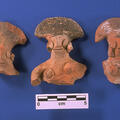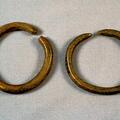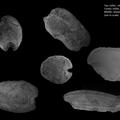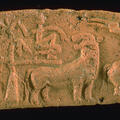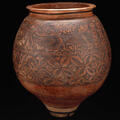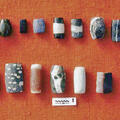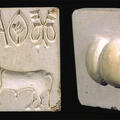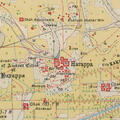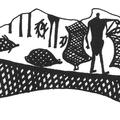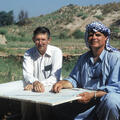Deconstructing the 'Harappan Courtiers': A Re-evaluation of Some of the Anthropomorphic Terracotta Figurines from Harappa
A comprehensive and important paper that actually takes on the much larger question of Mesopotamian to Indus influence which animated the work of earlier archaeologists. Clark discusses so-called "Harappan courtiers," figurines with tiaras and flower headresses that are thought to have parallels with Mesopotamian artifacts, particularly the royal burial goods of Queen Puabi.

